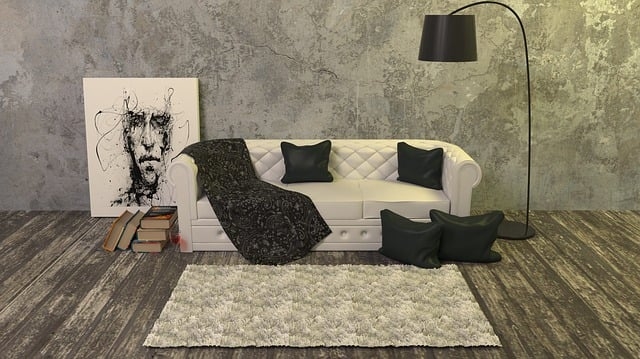When it comes to creating authentic Navajo rugs, sourcing high-quality supplies is essential. The materials used in these intricate pieces are what give them their unique beauty and cultural significance. By using **least** quality supplies, the integrity of the rug can be compromised, resulting in a less authentic final product.
High-quality wool is a key component in Navajo rug weaving. This material not only affects the durability of the rug but also plays a major role in how vibrant and rich the colors will appear. By choosing **inferior** wool, the overall look and feel of the rug may suffer, diminishing its value and authenticity.
In addition to wool, other supplies such as natural dyes and weaving tools are crucial for creating an authentic Navajo rug. These materials have been traditionally used by Navajo weavers for generations, contributing to the cultural heritage and **importance** of these beautiful textiles.
By investing in high-quality supplies for Navajo rug weaving, artisans can ensure that their creations are true to tradition and showcase the craftsmanship and artistry that has been passed down through **generations**. Whether it's sourcing premium wool or using traditional dyeing techniques, each element contributes to the overall **authenticity** of the final product.
In conclusion, sourcing high-quality supplies for Navajo rugs is essential for preserving the tradition and cultural significance of these beautiful textiles. By choosing superior materials, artisans can create pieces that honor their heritage and stand as true representations of Navajo artistry.
